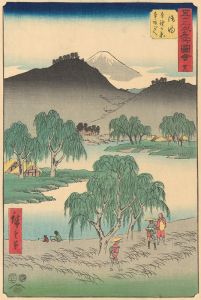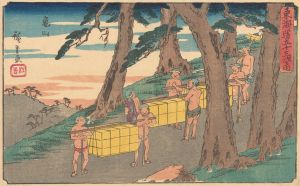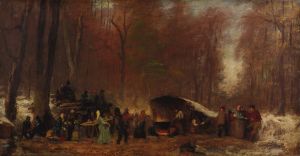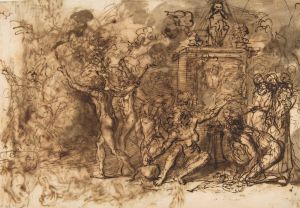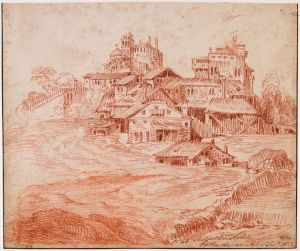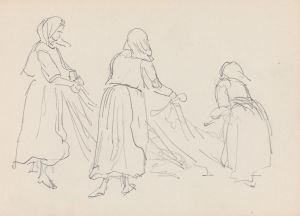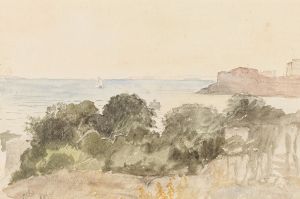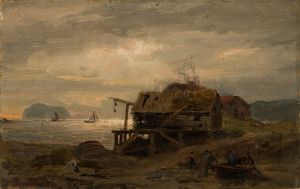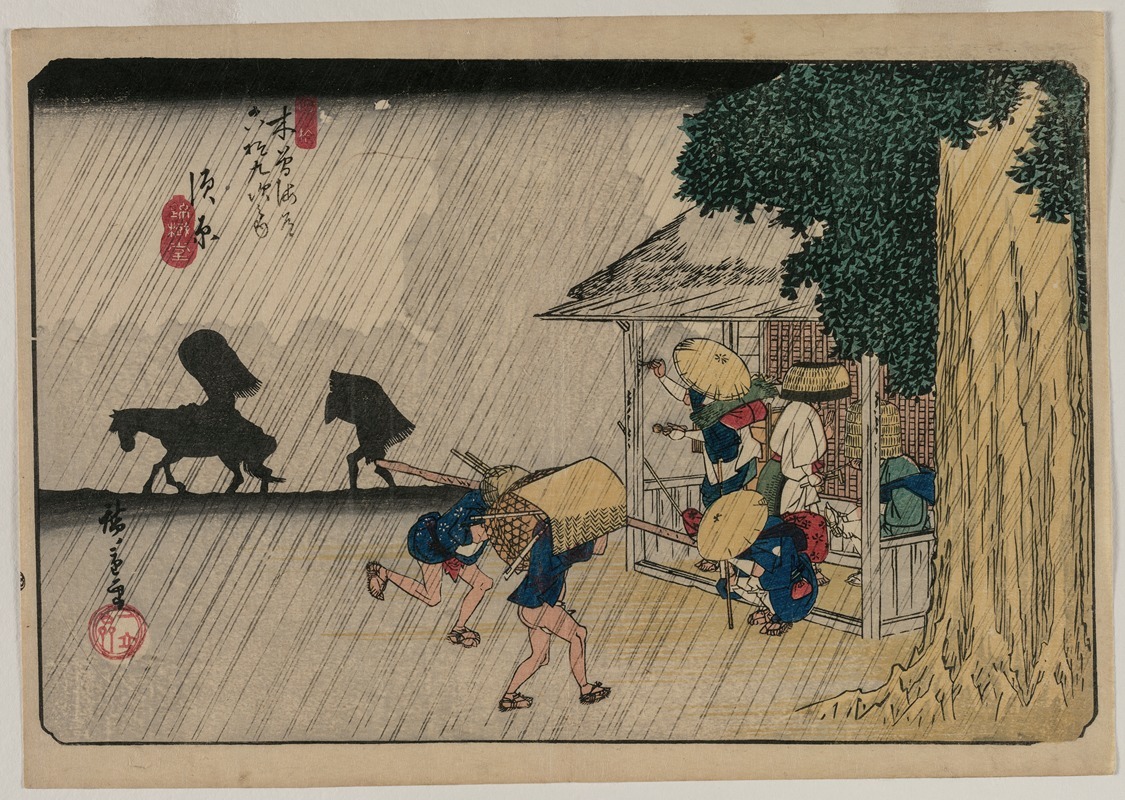
Suhara, from the series Sixty-Nine Stations of the Kisokaido
A hand-painted replica of Andō Hiroshige’s masterpiece Suhara, from the series Sixty-Nine Stations of the Kisokaido, meticulously crafted by professional artists to capture the true essence of the original. Each piece is created with museum-quality canvas and rare mineral pigments, carefully painted by experienced artists with delicate brushstrokes and rich, layered colors to perfectly recreate the texture of the original artwork. Unlike machine-printed reproductions, this hand-painted version brings the painting to life, infused with the artist’s emotions and skill in every stroke. Whether for personal collection or home decoration, it instantly elevates the artistic atmosphere of any space.
Andō Hiroshige, a renowned Japanese ukiyo-e artist of the Edo period, is celebrated for his landscape prints and his ability to capture the essence of Japan's natural beauty and cultural heritage. One of his notable series is the "Sixty-Nine Stations of the Kisokaidō," which depicts the scenic journey along the Kisokaidō, a historic route connecting Edo (modern-day Tokyo) and Kyoto. This series, created in collaboration with Keisai Eisen, consists of 70 prints, including the starting and ending points.
The print titled "Suhara" is one of the stations in this series. Suhara-juku was the 37th of the 69 stations along the Kisokaidō. Located in what is now Nagano Prefecture, Suhara was a post town where travelers could rest and resupply during their journey. The Kisokaidō, also known as the Nakasendō, was one of the five routes of the Edo period, and it was particularly known for its scenic beauty and the challenging terrain it traversed through the central mountains of Japan.
Hiroshige's depiction of Suhara captures the tranquil and picturesque nature of the area. His use of color and composition often reflects the changing seasons and the daily life of the people who lived and traveled along the route. In the "Suhara" print, Hiroshige might have illustrated the lush greenery and the mountainous backdrop that characterized the region, although specific details about the print's composition are not provided here.
Hiroshige's work is distinguished by his innovative use of perspective and his ability to convey a sense of movement and atmosphere. His prints often include human figures, which add a narrative element to the landscapes, showing travelers, locals, and sometimes animals, all contributing to the dynamic life along the Kisokaidō. The "Sixty-Nine Stations of the Kisokaidō" series is a testament to Hiroshige's skill in capturing the spirit of a journey, offering viewers a glimpse into the Edo period's travel culture and the natural beauty of Japan.
The series was published between 1834 and 1842, a time when travel was becoming increasingly popular among the Japanese, not only for commerce and official duties but also for leisure and pilgrimage. Hiroshige's prints served as both art and travelogue, providing a visual record of the journey that many people of the time would have undertaken.
Hiroshige's influence extended beyond Japan, impacting Western artists such as Vincent van Gogh and Claude Monet, who admired his work for its composition and use of color. Today, Hiroshige's prints, including those from the "Sixty-Nine Stations of the Kisokaidō," are celebrated for their artistic merit and historical significance, offering insight into the cultural and natural landscapes of 19th-century Japan.





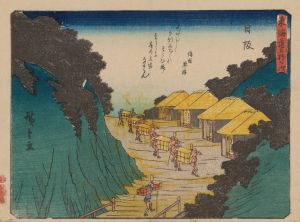
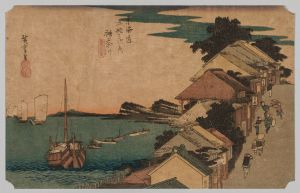
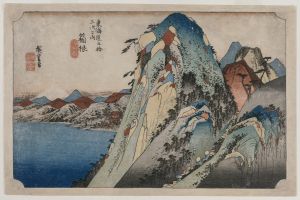
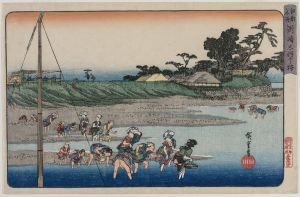
![Fujisawa; Yugyôji [temple name]](/imgs/213015/s/ando-hiroshige-fujisawa-yugyoji-temple-name-73299045.jpg)
